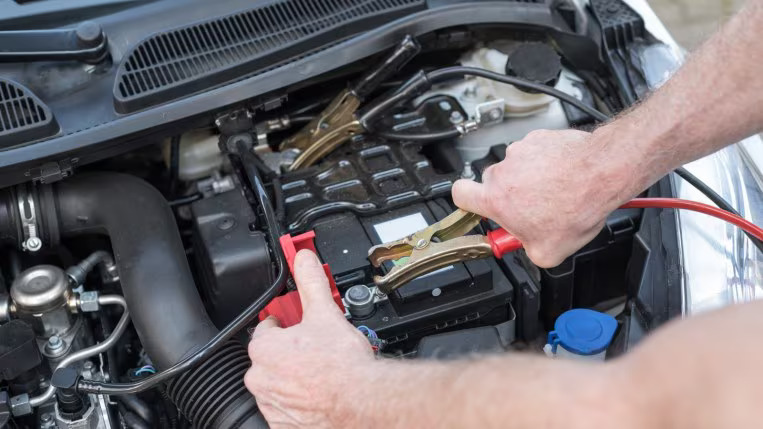
Everything You Need to Know About Jumpstarting Your Car
Rumor has it the Third Eye Blind song "Jumper" was originally an ode to jumper cables, but the record company executives made the band change the subject matter to appease "big car battery."
Alright, so maybe we made that up, but we know a song about needing to jump-start your car is a relatable subject. Let's face it, if you've ever driven or ridden in a car with an internal-combustion engine, there's a good chance you've heard the sickening click-click-click-click sound that signals a battery that's knocking on heaven's door.
Unless you have the time needed to attach an external battery charger, then your best bet is to jump-start your car's dead or near-dead battery.
But that's often easier said than done, because along with having a friend or relative who (a) lives nearby, (b) is home, and (c) is willing to help you out—not to mention (d) has a set of jumper cables if you don't happen to have a set yourself—there's still one last problem: You also need to know how to jump-start your car properly so that you don't damage either vehicle's battery—or, worse, get injured in the process. Follow these steps to jump-start your vehicle correctly and safely.
How To Jump-Start Your Car: A Step-By-Step Guide
Step 1: Park the second vehicle close to the one that needs a jump.
Park the car with the good battery nose to nose with the one needing a jump, close enough that the jumper cables will reach. (Note: Most vehicles have their battery in the engine compartment; some have the battery in the trunk.) Turn off the engine in the vehicle with the good battery. Raise the hoods of both vehicles and locate the two batteries.
Step 2: Locate the battery terminals.
It's time to locate the positive and negative battery terminals that you will be connecting the jumper cables momentarily. As shown in the above illustration, the terminals are clearly marked with a "+" and a "-" sign. The positive (+) terminal is often covered by a plastic cap (which you'll need to flip out of the way). FYI, the wire running from the car to the positive terminal is red; the wire to the negative terminal is black. The jumper cable's clamps are usually color-coded in red and black as well, so it's easy to know what goes where as you get set for the jump-start.
Certain cars keep the battery in the trunk but include jumper terminals under the hood. It's a good idea to consult the owner's manual if you're struggling to find where to clamp the leads.
Step 3: Connect the cables to the battery terminals.
Make sure none of the jumper cables' clamps are touching one another. To start, you'll probably need to leave one end of the cable and its two clamps on the ground, with the red and black clamps separated, while holding the other end, which you're about to connect to the dead battery. (If you have someone to help you with the jump-start, that person can hold the other end of the jumper cable, being sure not to allow the clamps to touch.)
Take the red clamp in your hand and attach it to the positive terminal of the dead battery. Do not let the black clamp on that end of the jumper cable touch metal or the red clamp. After you've attached the red clamp to the positive terminal, set the black clamp down on a plastic part under the hood. Wiggle the red clamp you've just attached to make sure that it's biting into the metal part of the terminal and has a good connection. You can't jump-start a car if you can't get the juice to its battery.
Now, attach the red clamp at the other end of the jumper cable (the end you've laid on the ground) to the good battery's positive terminal, and attach the black clamp on that same end to the good battery's negative terminal. Remember not to let the clamps touch while you are making the connections or your jump-start will turn into a no-start.
Next, find a piece of bare metal under the hood of the car with the dead battery—an unpainted bolt head sticking out from the body will do. (See the illustration below.) Attach the remaining black clamp to it. That's right, you're not supposed to attach this last black clamp to the dead battery. This could cause a spark and could potentially ignite a fire under the hood (though this is an extremely rare occurrence).
In the illustration above, we've attached the negative jumper-cable clamp to a bare metal bolt sticking up from the suspension shock tower. (Many cars have bolts in this position.) Wiggle all of the clamps again to make sure they are making a good connection.
Step 4: Start your engine.
Make sure the jumper cables are routed away from any moving parts, like the cars' fans or accessory belts. If all is clear, you can start the engine in the car with the good battery. Let it idle for two or three minutes, which will allow your vehicle's dead battery to gain some charge. Then attempt to start your vehicle. If it won't start right away, turn the car off and let the other vehicle continue to idle for 10 or 15 minutes, and then try again. If it still doesn't start, then your battery or some other component probably needs replacement, and a jump-start will not be possible.
Step 5: Disconnect the jumper cables.
If your car starts, leave it running. Now disconnect the battery cables by first removing the negative clamp from the bare metal connection under your car's hood. Then remove the red clamp from your battery's positive terminal, and do not let the clamps touch. Place them on the ground with the clamps separated. Then remove the red clamp from the good battery, and finally, remove the black clamp. You've jump-started your vehicle and are good to go—for now, anyway.
If It Happens Again
If your car fails to restart after you've driven it for a half-hour or more, you have a problem that you must deal with. Either your battery is permanently dead and needs to be replaced or there's something wrong with your car's charging system. Repeatedly jump-starting your car won't cure the problem. You'll need to take your vehicle to a repair shop or dealer for diagnosis. Or you can remove your battery and take it to an auto-parts store—some stores will test your battery. If it's toast, you can pick up a new battery while you're there and install it yourself.

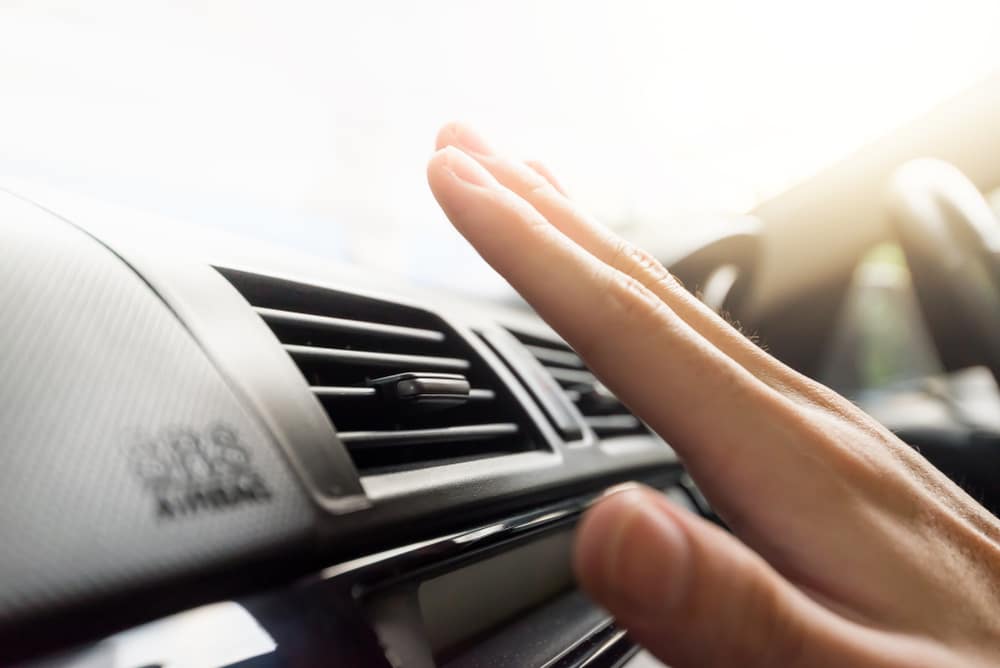
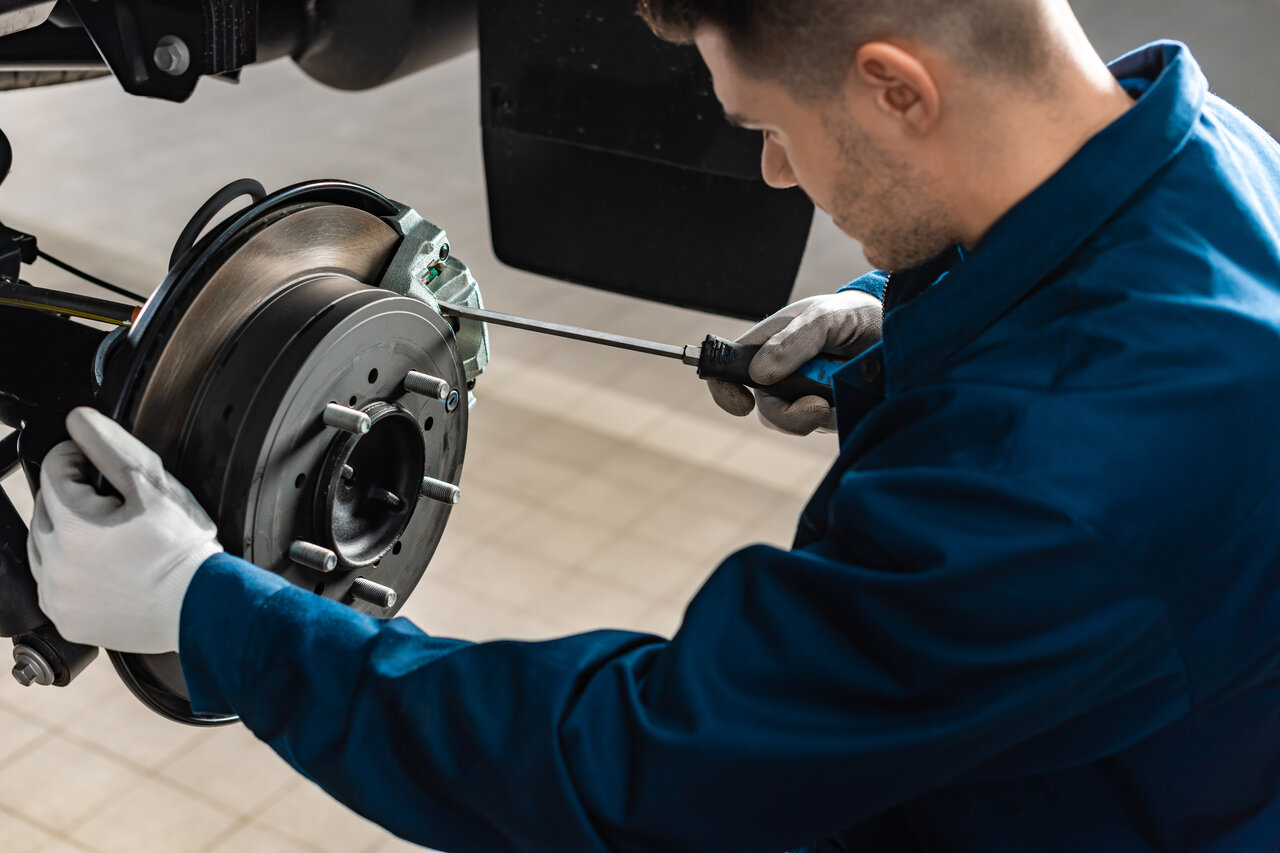
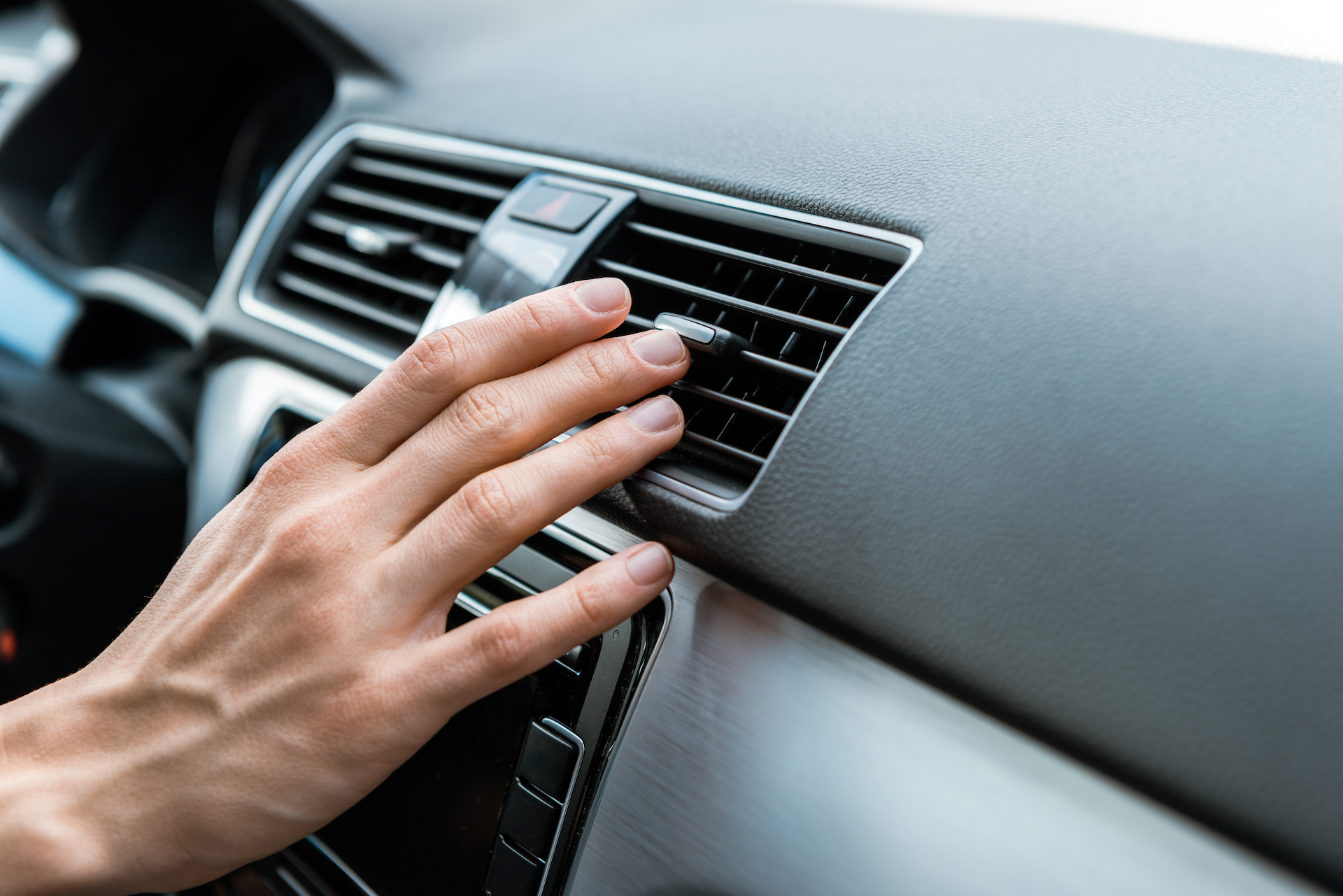
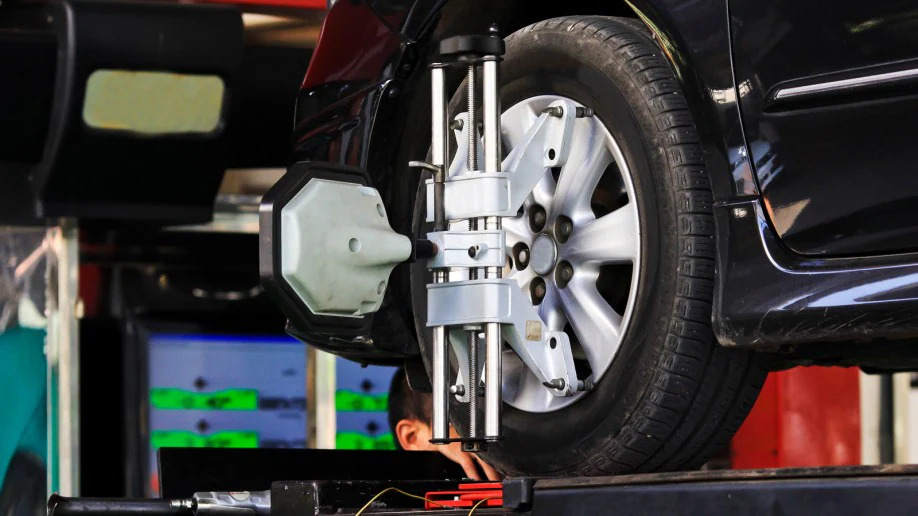
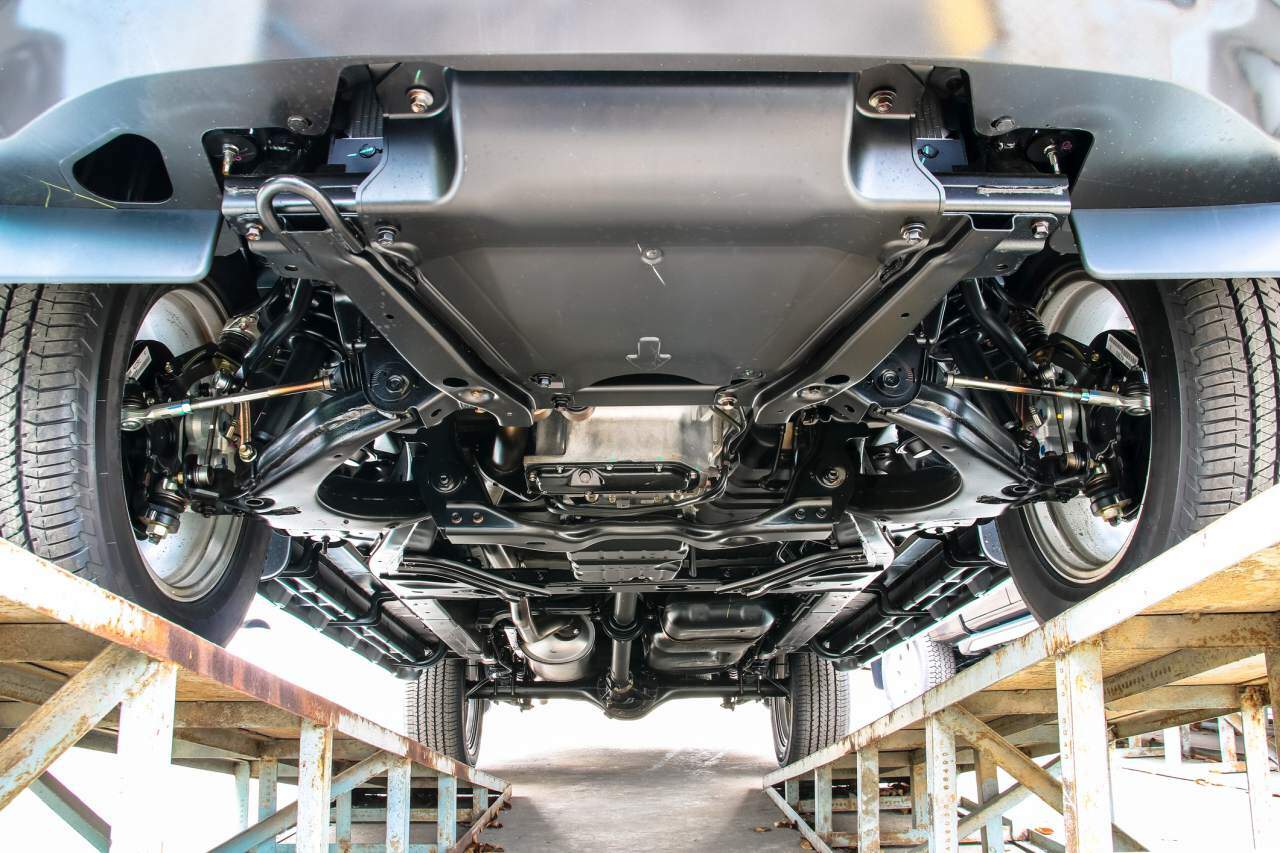
comments 0